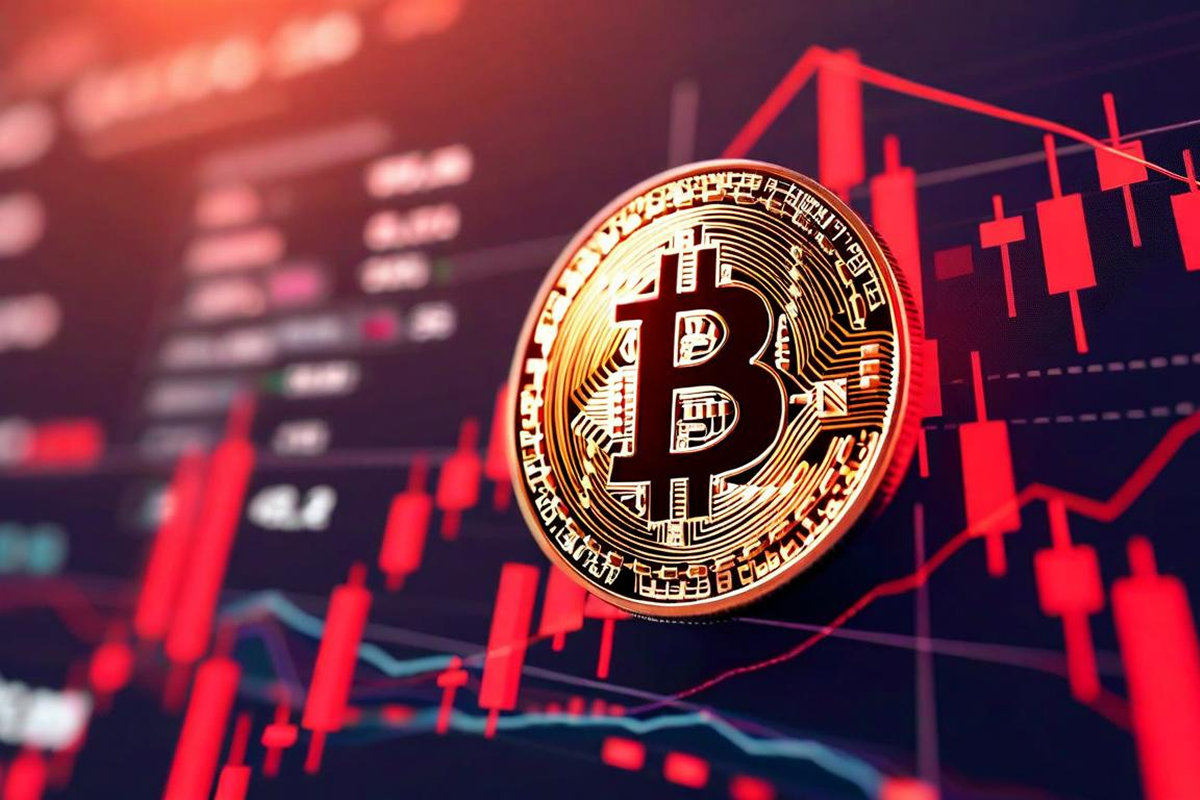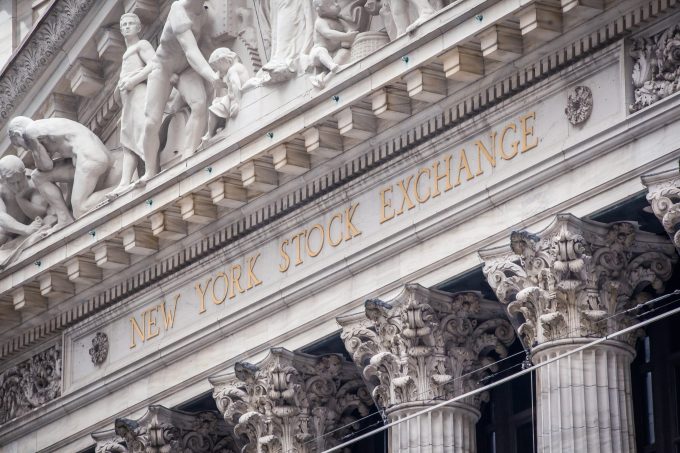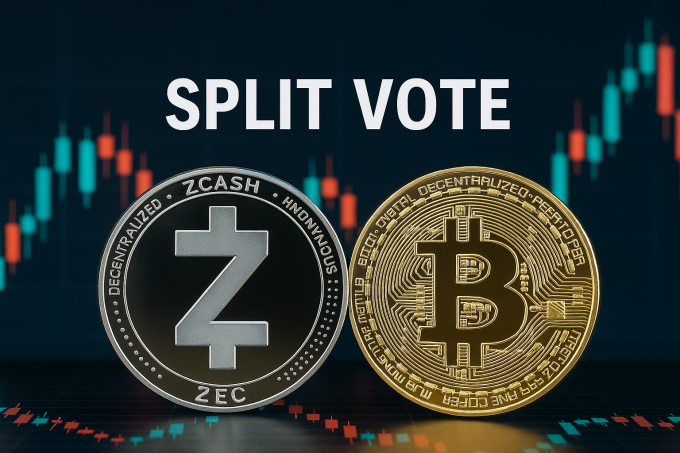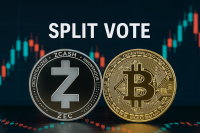Crypto markets turned distinctly defensive this week as the Crypto Fear & Greed Index plunged into “Extreme Fear,” marking its weakest reading since late February. The deterioration comes amid price pressure on major tokens, renewed ETF outflows and persistent macro-regulatory uncertainty — a mix that has driven risk appetite sharply lower among both retail and institutional participants.
Market Reaction
The index registered a reading near 10 (an “Extreme Fear” score) in the latest update, a level not seen since Feb. 27, 2025, while Bitcoin slipped beneath roughly US$95,000 in intraday trading and was trading in the mid-$90k band at the time of reporting. Total crypto market capitalization contracted roughly 6% over 24 hours as selling pressure intensified across major altcoins. These moves coincided with sizable net withdrawals from U.S. spot bitcoin ETFs — one report cited single-day outflows in the high hundreds of millions — accentuating the link between sentiment and capital flows.
Regulatory & Macro Implications
Heightened sensitivity to macro signals — especially evolving interest-rate expectations — has amplified downside risk for crypto, even when economic data is mixed rather than unequivocally negative. At the same time, ongoing regulatory ambiguity in multiple jurisdictions keeps institutional capital allocation tentative. The Fear & Greed Index synthesizes volatility, market momentum, social media and on-chain metrics; this breadth means that regulatory headlines and policy uncertainty feed directly into the composite score used by many market participants to gauge risk appetite.
Investor Sentiment & Behavioural Dynamics
When the index sits in “Extreme Fear,” behavioural finance predicts an uptick in risk-aversion: investors reduce leverage, widen stop-losses and shift toward cash or cash-like instruments. Strategically, such environments often produce two distinct camps: short-term sellers who capitulate and longer-term holders who either hold steady or selectively accumulate. Historical episodes show that extreme fear can precede rebounds, but timing is uncertain and often contingent on liquidity returning — notably via ETF inflows or clearer regulatory signals.
Key indicators to watch next include whether Bitcoin reclaims and holds major support near US$95k–100k, the trajectory of daily ETF flows, and any regulatory announcements from the U.S. SEC or major international regulators. If inflows resume or macro pressure eases, sentiment could recover rapidly; conversely, repeated large outflows and tightening macro conditions would deepen the negative sentiment cycle. Investors should monitor liquidity and volatility metrics closely as markets digest these cross-currents.












https://shorturl.fm/OyhTE
https://shorturl.fm/fgUM0
https://shorturl.fm/crWgQ